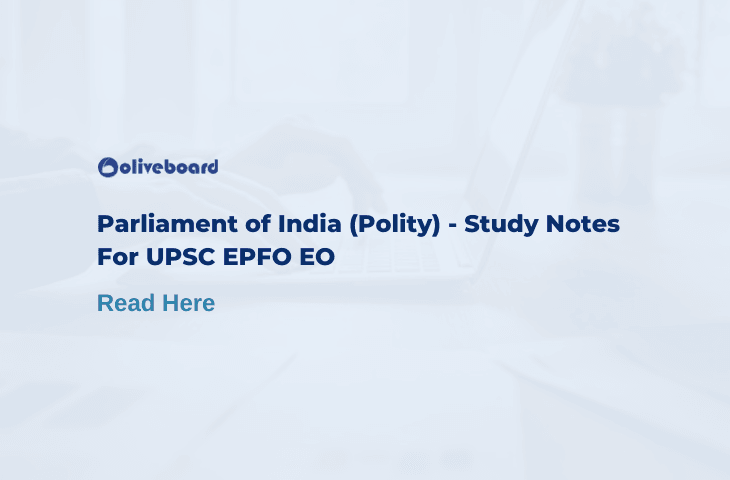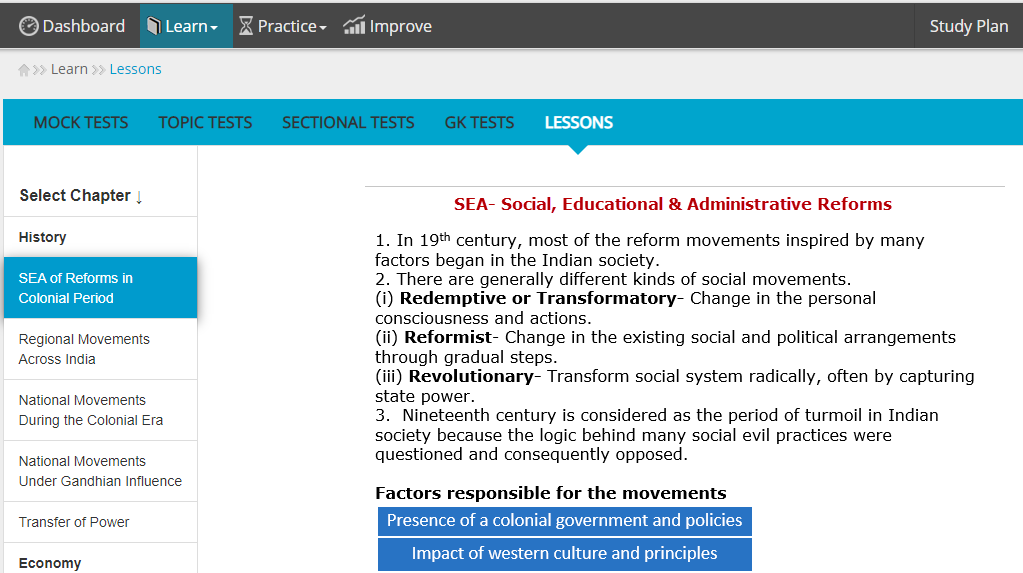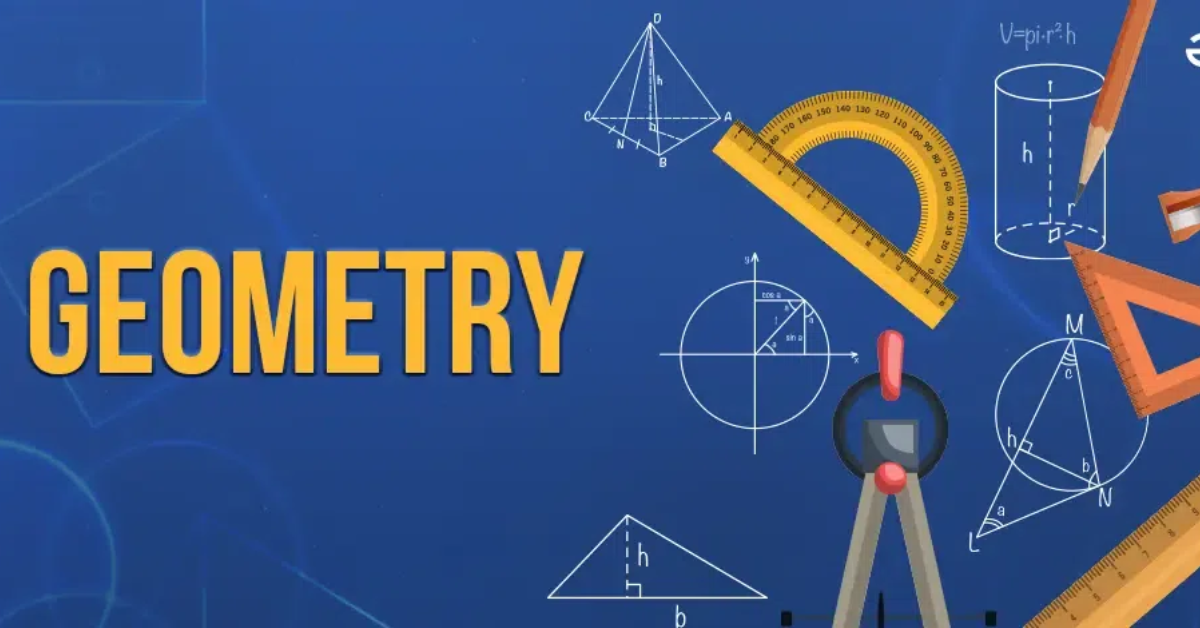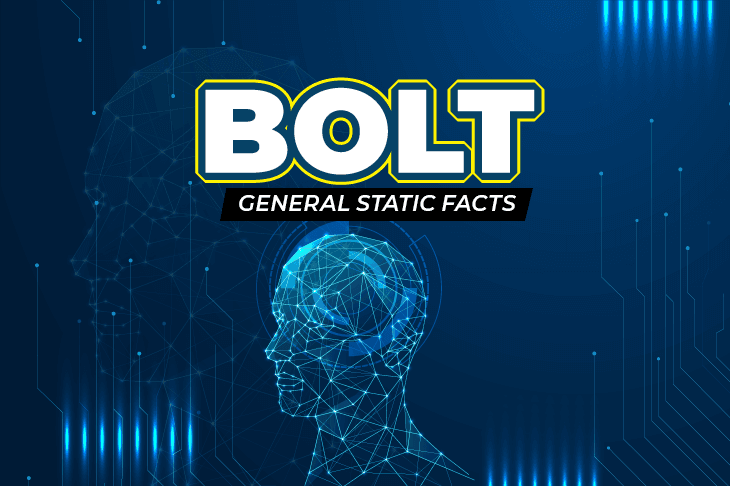Indian Polity is as wide as it is important for any exam point of view especially when it comes to exams conducted by UPSC. Polity also has a part in the UPSC EPFO Enforcement Officer 2020 exam scheduled to be conducted on 4th October 2020. Multiple topics come under India polity but in this article, we will provide you with Study notes on Parliament of India, about its structures, and the functioning that is carried out by our parliament.
This article will help you understand in a better way how our parliament is governing our country and what are the measures they are responsible for:
1. Parliament of India – About
The Parliament of India is the supreme legislative body of the Republic of India. It is a bicameral legislature composed of the President of India and the two houses: the Rajya Sabha (Council of States) and the Lok Sabha (House of the People). The President in his role as head of the legislature has full powers to summon and prorogue either house of Parliament or to dissolve Lok Sabha. The president can exercise these powers only upon the advice of the Prime Minister and his Union Council of Ministers.
Those elected or nominated (by the President) to either house of Parliament are referred to as Members of Parliament (MP). The Members of Parliament, Lok Sabha are directly elected by the Indian public voting in Single-member districts, and the Members of Parliament, Rajya Sabha is elected by the members of all State Legislative Assembly by proportional representation.
The constituent assembly of India was constituted to write the constitution of India after we gained independence from the British in 1947.
The Sansad Bhavan (Parliament House) is located in New Delhi. It was designed by Edwin Lutyens and Herbert Baker, who were responsible for the planning and construction of New Delhi by the British government. The construction of buildings took six years and the opening ceremony was performed on 18 January 1927 by the then Viceroy and Governor-General of India, Lord Irwin.
Prepare For UPSC EPFO EO With Oliveboard. Start Now With A Free Mock Test!
1.1 Structure of Parliament of India – UPSC EPFO EO Study Notes
The Indian Parliament consists of two houses called the Lok Sabha and the Rajya Sabha with the President of India acting as their head.
1.1.1 President of India
The President of India, the head of state, is a component of Parliament. Under Article 60 and Article 111, the President’s responsibility is to ensure that laws passed by the Parliament are in accordance with the constitutional mandate and that the stipulated procedure is followed before according his/her approval to the bills.
The President of India is elected for a period of 5 years and is elected by the Members of Parliament and state legislatures.
1.1.2 Lok Sabha
Lok Sabha (House of the People) or the lower house has 543 members. 543 members are directly elected by citizens of India on the basis of their work and the region from which they are standing.
Every citizen of India who is over 18 years of age, irrespective of gender, caste, religion, or race and is otherwise not disqualified, is eligible to vote for the Lok Sabha.
The Constitution allows the Lok Sabha to have a maximum strength of 552 members. They have a term of five years. To be eligible for membership in the Lok Sabha, a person must be a citizen of India and must be 25 years of age or older, mentally sound, should not be bankrupt, and should not be criminally convicted.
Topper took the test & scored 105/120. Can You Beat The Score?
1.1.3 Rajya Sabha
Rajya Sabha (Council of States) or the upper house is a permanent body not subject to dissolution. One-third of the members retire every second year and are replaced by newly elected members. Each member is elected for a term of six years.
Its members are indirectly elected by members of the legislative bodies of the states. The Rajya Sabha can have a maximum of 250 members. It has an allowed strength of 245 members, of which 233 are elected from States and Union Territories and 12 are nominated by the President of India. The number of members that can be elected from a state depends on the population of that very state. The minimum age for a person to become a member of Rajya Sabha is 30 years.
Source: Wikipedia, Govt. of India Website, PIB
2. Functions of Parliament of India – Complete Details
2.1 The Legislative Functions (making Laws)
The parliament is entitled to make laws on all the matters mentioned in the Union list. This would also include the subjects mentioned in the Concurrent List. In case of the emergency being deployed, the parliament can make the laws for the subjects falling under the state list.
Get Complete Study Notes By Registering Here
2.2 Financial Powers & Controls
The Parliament os the epitome of the monetary powers. They figure out the ways through which the revenues will be raised through public services.
Monitoring of the expenditure of money and see if it is spent on the purpose it was allotted to.
Public Accounts Committee & Estimate Committees are the 2 standing committees of the parliament that keep an eye on the expenditure by the executives of the system.
2.3 Amendment of the Powers
The Parliament of India has the power to make amendments to the constitution of India. Both the houses, the Lok Sabha & the Rajya Sabha share the same powers when it comes to amendments. The proposed bill needs to pass by both the houses before being officially implemented.
2.4 Assessment of the Work of the Cabinet of Ministers
The members of parliament keep a strict check on the cabinet of ministers. They continuously monitor whether the allotted work to the people’s representative s efficiently carried out or not.
Often debates are conducted to ensure the pros and cons of the function carried out by an executive or the complete cabinet.
Few Other functions involve the following:
- Elective Functions
- Judicial Functions
- Constitutional Functions
Get Complete Study Notes Here!
3. Sessions Of Parliament of India
The period during which the parliament assembles to conduct its business. The President has the power to summon each house at certain intervals and there should not be a more than 6 months gap in between the assembly.
Parliament should meet at least twice a year. Usually, parliament conducts 3 sessions in a year.
- Budget session: February to May
- Monsoon session: July to September
- Winter session: November to December
Register Now & Take Free Mock Test Here!
4. Few Interesting Facts On Parliament Of India
- Dr. Neelam Sanjeeva Reddy holds a unique distinction, he was the Chief Minister of Andhra Pradesh, Lok Sabha speaker & President of India.
- Present Speaker of the Lok Sabha – Om Birla
- G. V. Malvankar was the first speaker for Lok Sabha (15 May 1952 – 27 Feb 1956)
- No. Of MPs in seventeenth Lok Sabha (2019 -2024) – 543
- The First session of the First Lok Sabha commenced on 13 May 1952.
- Santosh Kumar Gangwar & Maneka Sanjay Gandhi are the longest-serving members of the seventeenth Lok Sabha.
5. UPSC EPFO EO 2020 – Complete Study Notes
Find notes on following topics on our platform:
- History
- Economy
- Industrial Relations & Labor Law
- Science
- Social Security
- Computer Knowledge
5.1 Here’s a Sneak Peek in The UPSC EPFO EO Notes
Get Complete Study Notes For UPSC EPFO EO Here
That brings us to the end of this article, Parliament of India study notes. Now you can get complete study notes for the preparations of the enforcement officer exam on Oliveboard along with the Mock Tests that are specially designed for the UPSC EPFO, keeping in mind the pattern and difficulty level.
You can click on the image below to know all about the Mock Tests and the study notes.
Also, Check:
- 100+ Free Mock Tests
- Oliveboard Mobile App
- Oliveboard’s discuss forum
- Oliveboard Telegram Group
- Download BOLT – Our Monthly General Awareness free e-book
Recommended Free Downloads
- 40 Geometry Formulas PDF – Download Here
- Static GK BOLT For Government Exams – Free General Knowledge PDF Notes
- Medieval Indian History Notes| Free Pdf
- Weekly Current Affairs 2025 PDF For Bank, SSC, UPSC Exams
- Monthly Current Affairs 2025 PDF For SSC, Banking, Railways
- Practice Wrong Number Series for Banking Exams 2025 Solved Questions

Hello there! I’m a dedicated Government Job aspirant turned passionate writer & content marketer. My blogs are a one-stop destination for accurate and comprehensive information on exams like Regulatory Bodies, Banking, SSC, State PSCs, and more. I’m on a mission to provide you with all the details you need, conveniently in one place. When I’m not writing and marketing, you’ll find me happily experimenting in the kitchen, cooking up delightful treats. Join me on this journey of knowledge and flavors!







